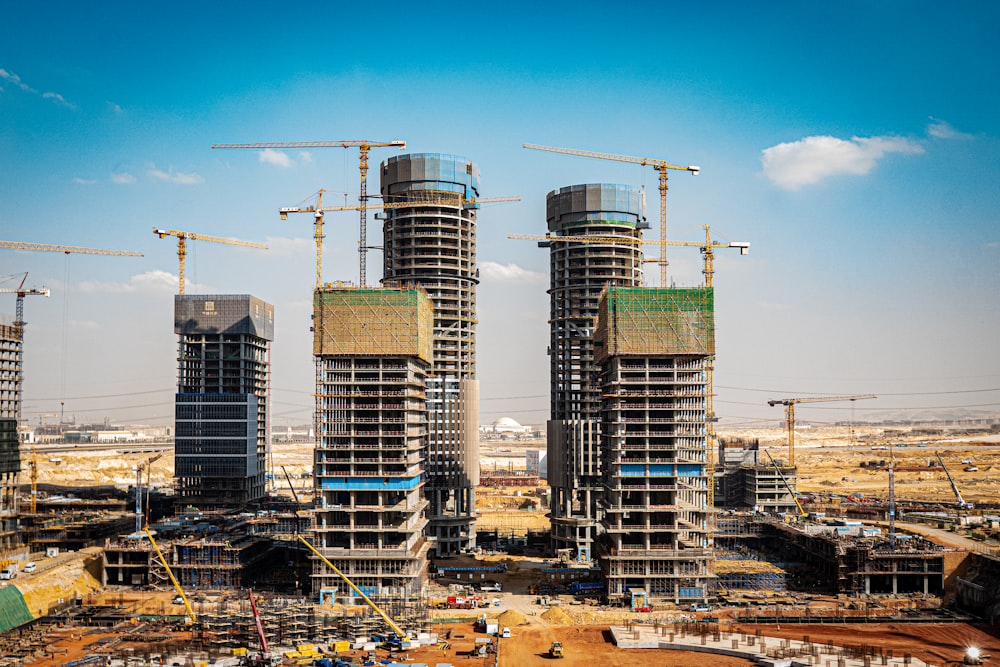Housing Forecast 2024 And 2025: Little Better
Image Source: Unsplash
Home prices are rising moderately now, in the spring of 2024. Construction of single family homes is recovering, but multi-family building is falling. Homebuilders feel gloomy, and sales of existing homes are weak.
The economic drivers of housing supply and demand indicate continued softness in the second half of 2024, but 2025 looks a little—just a little—better.
Commentators often glom onto the latest statistic, but a good analysis requires a comprehensive look and demand and supply, though the details needn’t be explored too deeply except at the local level.
Housing demand depends on the population, household size (an often-overlooked variable), demolition and deterioration of existing housing as well as the cost of housing. The cost is not just the price of a new home, but also rents on apartments. Regardless of whether one’s interest is a free-standing home or an apartment, the cost of alternatives influences demand. That is, the single family housing market affects apartment demand, and vice versa.
Supply issues include land and construction costs as well as interest rates for investors and developers.
Population growth is the most fundamental of housing demand factors, but the data are a bit complicated. The Census Bureau’s annual estimates show weak immigration on top of low natural population increase (births minus deaths). But population may be growing much faster, according to the Congressional Budget Office. They looked at Border Patrol data and found three times as much net immigration as Census estimated. If the CBO data are right, then we have plenty of demographic demand, though the largest increase is probably for less expensive housing mostly located near the southern border.
Average household size has trended downward for over half a century as families had fewer children and more people lived alone. Size took a pronounced move downward in 2022. Stimulus payments and the strong job market enabled young people to live away from their parents and without roommates. The strong job market helps to keep household size low, strengthening demand for housing relative to population.
Demographics speaks to total housing demand but not the mix between single family homes and multi-family housing. That split depends on mortgage rates and housing prices on the one hand, apartment rents on the other. Monthly payments on a typical used house recently purchased and financed more than doubled since January 2020. That’s due to a 50% increase in home prices and a near doubling of mortgage rates, plus a little more from the interaction of the two factors. That by itself should discourage home buying.
Apartment rents rose, on average, 21% over that same period, but these numbers, January 2020 to the most recent data, don’t tell the whole story. Interest rates fell sharply in the pandemic and stayed extremely low for nearly two years. That stimulated house demand, pushing prices up. So the home price cost increase was driven by demand rather than lower supply.
Right now apartments offer the greater value on a simple dollars-and-cents calculation. However, young families wanting to buy their first house look beyond finances at the benefits of home ownership, including a sense of permanence, more space and the right to modify the house without a landlord’s permission. Plus many people believe that despite today’s high prices, a house will be a good long-term investment.
On the cost side, land prices have risen because of demand, especially in the upscale markets that often limit new development. Construction costs have risen as well. Lumber is roughly level with January 2020, according to Madison’s Lumber Reporter, but most other costs have risen. Hourly wages for construction labor have increased 22%, plastics pipe up 51%, construction equipment up 30%, concrete up 36% and structural metal products up 58%. All of that exceeds the Consumer Price Index rise of 21% over the period.
The outlook for single family housing in the next two years depends on mortgage rates. They, in turn, depend on Federal Reserve policy on short-term interest rates. (Long-term bond interest rates depend on current short-term interest rates plus expected future short-term rates. Mortgage rates derive from long-term bond rates plus expectations for prepayment of mortgages due to refinancing and turnover.)
The Fed will likely cut interest rates later in 2024, continuing to lower rates in 2025, but not very aggressively. I’ve noted that the Fed will ignore the election, but they are worried about the huge stimulus from government deficit spending. They see the stimulus in the strong employment market and the stubbornness of inflation, so they won’t lower interest rates too far too fast. Nonetheless, the first rate cut will signal to bond and mortgage markets that more cuts are coming, and that will make home-buying more economical.
Multi-family construction will rebound much more gradually. Apartments and condos have much longer lead times and construction periods, so it will be several years before we see new supply increasing. In the meantime, rents will increase.
Major uncertainty about the housing market comes first from the Fed and its concerns about jobs and inflation. The next great uncertainty derives from immigration, both the accuracy of the data we have observed as well as policies in the next presidential term of office. As a result of the uncertainties, take any forecast with a grain of salt.
More By This Author:
The Gold Rally Of 2024: Sanctions Make Forecasts HardImmigration Helps The U.S. Economic Forecast, Says One Data Set
Analysis And Intuition In Business Decisions




